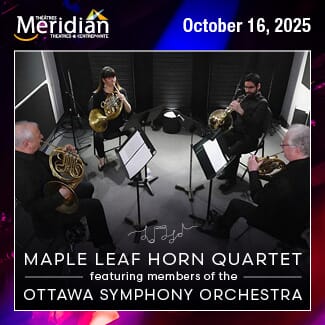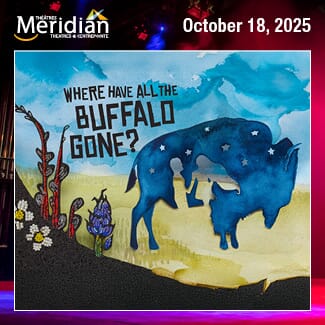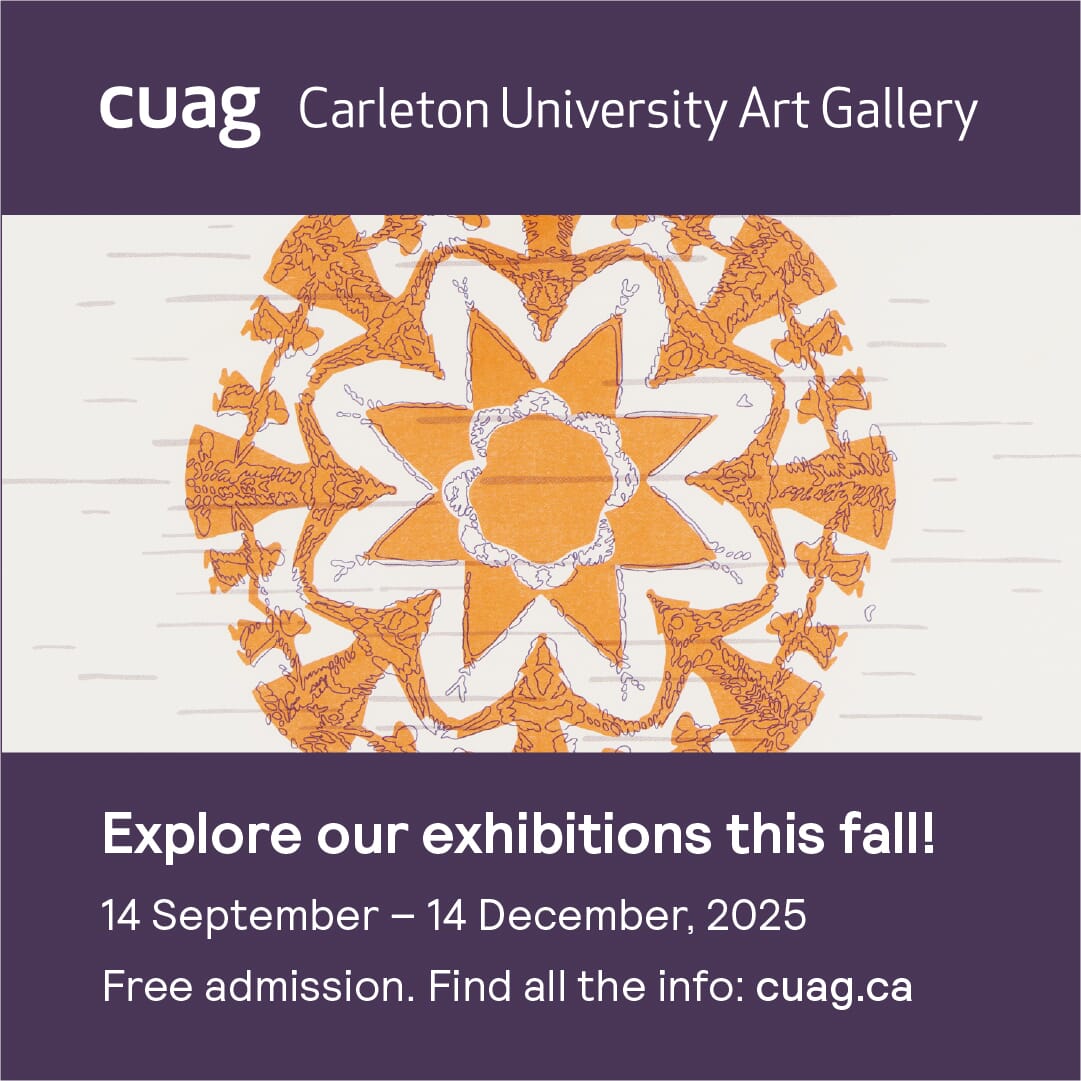The Lorraine Fritzi Gallery at the GCTC is a space dedicated to exploring the relationship between visual art and theatre. For each play that opens at the GCTC, an artist creates a body of work to reflect the story presented on the stage. Last Thursday was the vernissage of Undercurrents at the Fritzi, a companion exhibit to the theater festival of the same name.
Artists Eric Chan (eepmon), Kristy Gordon, Karina Kraenzle, Zoe Hussey, Tony Clark and Betty Liang were each asked to interpret and illustrate a play from this festival. For some artists, such as Betty Liang, this meant a direct portrayal of scenes from the play. Liang used the cartoon style that exists in much of her work to play on and complement the folk tales and children stories that are central to Little Orange Man.
In contrast, Zoe Hussey’s interpretation of Little Iliad creates a less direct representation of the play. She explains that dissecting the play and understanding how to portray it was an interesting, albeit it difficult, task: “It’s someone else’s artwork that you’re also making into your own artwork, and in a way, you don’t want to let them down.” In Hussey’s work, she paints a war helmet covered with an interweaving line that symbolizes, as she puts it, “the convolution of storytelling.”
This was the first curated show for Lee Jones and Erin Saunders, the editor and a writer for The Art and Science Journal. For two writers that focus on bringing together interdisciplinary subjects, a show at the Fritzi that pairs art and theatre makes sense. On curating the exhibit alongside the festival, Erin said:
“I appreciate being reminded of these bridges between art disciplines. It’s so easy to make visual art and theatre productions two discrete camps. And unfortunately in Ottawa we see a lot of it. We have institutions for theatre and institutions for art and we consider them separate things, but when it comes down to it we’re talking about creative processes and performances, and those things come into play in either discipline.”
While a dialogue between theatre and art is fascinating for the viewer to both observe and engage in, it’s an ambitious project. Within an exhibit, a viewer often relies on a unifying theme or technique, but in a series where each piece borrows from a different narrative, it can be difficult to find cohesion. Despite this challenge, Undercurrents at the Fritzi remains a show worth visiting as a stand-alone project, and especially to enrich the experience of the theatrical festival.
This show is open during GCTC hours until February 17th.








